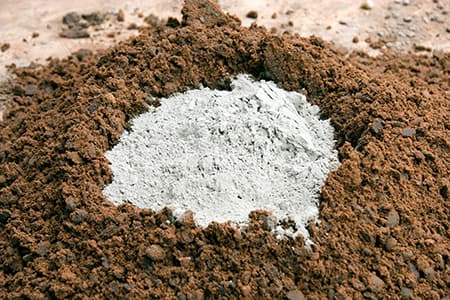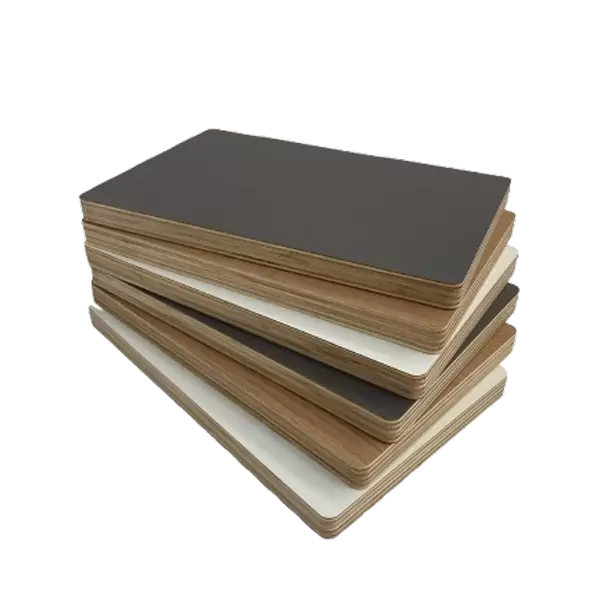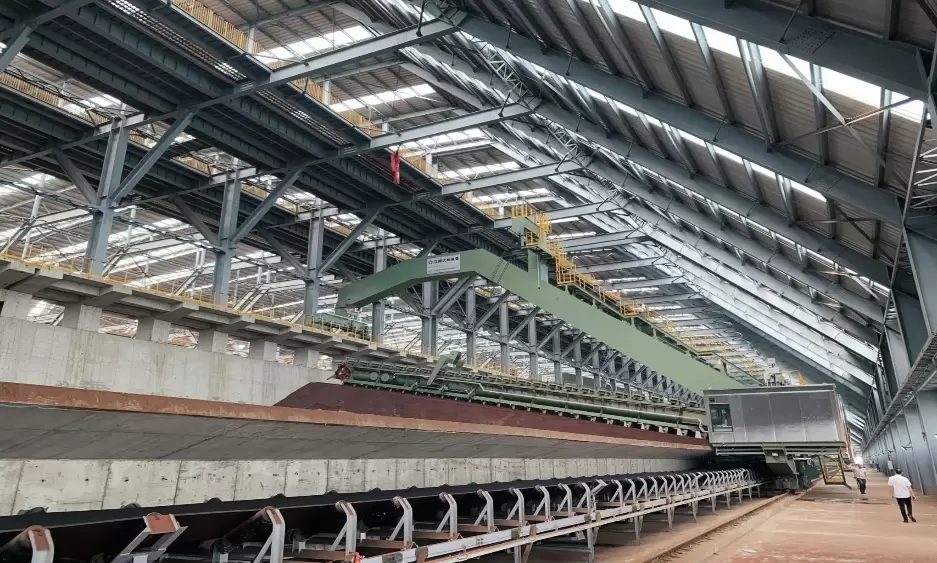
Cement is a widely used construction material due to its strength, durability, and versatility. However, one question that often arises is whether dried cement is waterproof. The answer is not a simple yes or no, as it depends on various factors. In this article, we will explore the properties of cement, its susceptibility to water damage, and the methods used to make it waterproof.
Understanding Cement Properties
Cement is a binding material made of a mixture of limestone, clay, and other minerals. When mixed with water, it forms a paste that hardens over time, creating a strong and durable material. However, cement is porous and can absorb water, which can lead to damage and deterioration over time.
Susceptibility to Water Damage
When cement absorbs water, it can cause various problems, such as cracking, spalling, and efflorescence. Cracking occurs when the water freezes and expands, causing the cement to crack. Spalling happens when the water penetrates the surface of the cement and causes it to flake off. Efflorescence is the white powdery substance that appears on the surface of the cement when the water evaporates, leaving behind salt deposits.
Methods of Cement Waterproofing
To prevent water damage, various methods can be used to make cement waterproof. These include:
- Adding Waterproofing Admixtures
Waterproofing admixtures are chemical compounds that are added to the cement mix to make it waterproof. These admixtures work by reducing the size of the pores in the cement, making it less permeable to water. They can also improve the strength and durability of the cement.
- Applying Waterproof Coatings
Waterproof coatings are applied to the surface of the cement to create a barrier that prevents water from penetrating. These coatings can be made of various materials, such as acrylic, polyurethane, or epoxy. They can also be tinted to match the color of the cement.
- Using Waterproof Membranes
Waterproof membranes are sheets of material that are applied to the surface of the cement to create a waterproof barrier. These membranes can be made of various materials, such as rubber, PVC, or bitumen. They are often used in areas that are exposed to high levels of moisture, such as basements or roofs.
Conclusion
In conclusion, dried cement is not inherently waterproof, but it can be made waterproof through various methods. Adding waterproofing admixtures, applying waterproof coatings, and using waterproof membranes are all effective ways to prevent water damage and prolong the life of cement structures. By understanding the properties of cement and the methods of waterproofing, you can ensure that your cement structures remain strong and durable for years to come.




